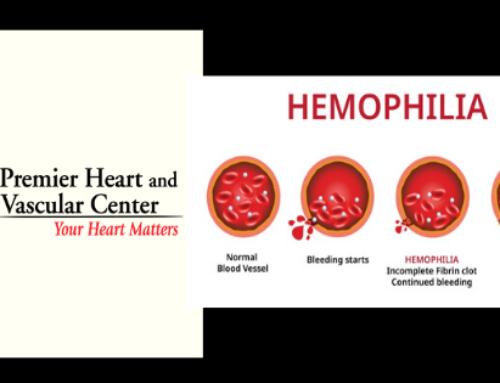Irregularities in the heart’s rhythm are called heart palpitations. They can be regular or irregular, and often cause the sensation of having a racing heart. With many possible causes of heart palpitations, some of which are not dangerous, individuals afflicted by them usually turn to breathing exercises for relief.
Heart palpitations are often a symptom of an underlying condition, such as a thyroid imbalance, low potassium, anemia, as well as supraventricular tachycardia, atrial fibrillation, and other heart valve problems. Cardiologists treat the source of the problem directly, so breathing exercises are considered a good way to calm the racing heart symptoms. Here are a few breathing exercises you can use:
Deep Breathing
Shallow breaths don’t have a calming effect. Deep breathing that causes your abdomen to rise and fall can calm a racing heart. Make sure to breathe slowly and deeply, inhaling through your nose and exhaling either through your nose or mouth. Repeat this deep breathing pattern until your symptoms go away, and your heart is beating normally.
Valsalva Maneuver
The Valsalva maneuver is used to control your heart rate, especially if you’re experiencing severe palpitations. To perform this maneuver, close your nose by pinching it with one hand. With your mouth closed, try to force the breath out through your nose. Doing this should stabilize your heart rate by affecting the vagus nerve. Once your heart is not racing anymore, you can take a few deep breaths to ease any lingering anxiety or stress.
Same Length Breaths
Making sure that your breaths are the same length helps recover your body’s natural rhythm. Sit or lie down comfortably, then breathe in for a count of four, and breathe out for a count of four. If a different length is more comfortable for you to achieve deep, steady breaths, change the count. Just ensure that you’re breathing in and out for the same duration.
Counting Breaths
If your heart is racing, and that is making you anxious, dwelling on it is only likely to make things worse. However, a breathing exercise can help with anxiety as well, by making you focus on something else. Counting your breaths is a good trick to get your mind off of the situation. Breathe in and out through your nose, and count every breath you complete. Once you get to five, reset and start again.
Hum As You Breathe
Humming as you breathe will help with the stimulation of the vagus nerve, which controls the heart rate. To start this breathing exercise, cover your eyes with your fingers, and use your thumbs to cover your ears. You will breathe and out through your nose, keeping your mouth closed. As you exhale slowly through your nose, start humming. Make the sound as deep as you comfortably can. After five to ten humming exhales, breathe without humming for a while.
If heart palpitations become more frequent, interfere with your daily life or if you are experiencing shortness of breath, dizziness or chest pain along with your heart palpitations, see your cardiologist.
Here at Premier Heart & Vascular Center, we’ve made it our mission to care for your heart health. If you have any concerns about your cardiovascular health, our highly-skilled team of heart physicians will provide you with expert care.
Visit our website to find out more about preserving your cardiovascular health.







